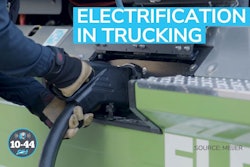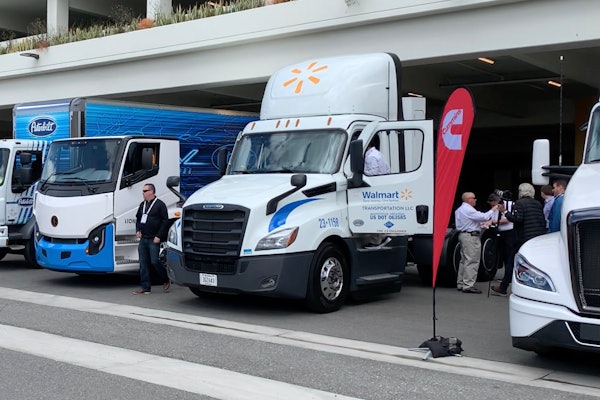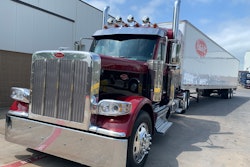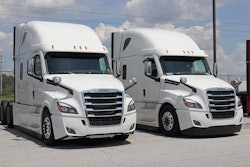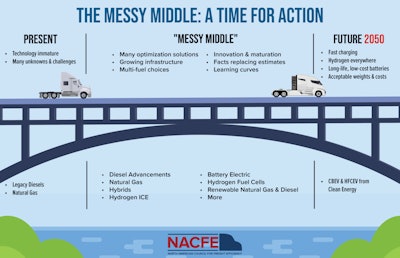
"Trucking is decarbonizing... [and] we're doing it in a number of different ways," said Mike Roeth, NACFE’s executive director. "We just can't keep running diesel. It's just something we're going to have to move on from."
Sunday, at the Technology & Maintenance Council Annual Meeting and Expo in Orlando, NACFE released its latest thought leadership report – The Messy Middle: A Time For Action – which surmises that the forthcoming green-energy quandary isn't necessarily a bad thing, rather will be a time where fleets will want to take action, will have many options to consider, and will need to look beyond just the truck to the infrastructure needed to support it.
The key takeaway in the report, NACFE hopes, is that fleets recognize that they need now to begin wading into the messy middle in order to get ready for a zero-emissions future. The report also found that all stakeholders should support fleets in making the right adoption decisions, that decisions should include a realistic understanding of pipeline capabilities, and an even higher level of collaboration is essential.
Clean energy consultant Jeff Seger noted there has been a change in thought in a fleet's need to get loads delivered on time and at the lowest cost. It now includes getting it there on time, at the lowest cost and with the lowest environmental impact.
NACFE developed a best practice for decision-making to help fleets evaluate options and placed battery electric on square one. NACFE advises that fleets first start zero emission considerations with battery electric trucks, because if they meet the needs of the duty cycle, BEVs can be the simplest path forward and a single change for the fleet.
The next consideration might be hydrogen fuel cell vehicles – possibly a better solution for long haul, assuming technology matures and green hydrogen becomes more widely available.

